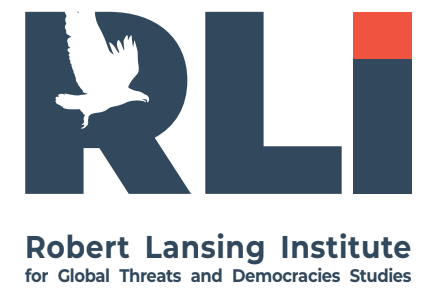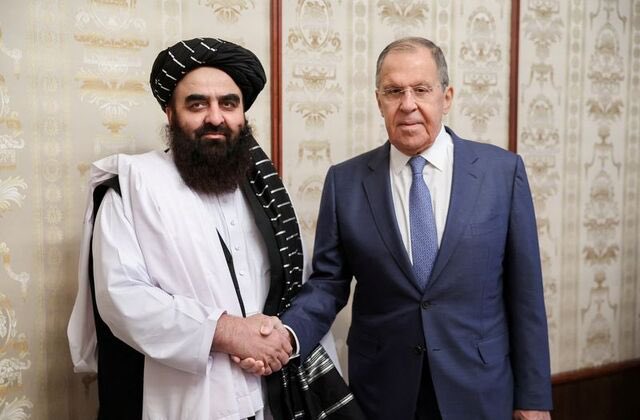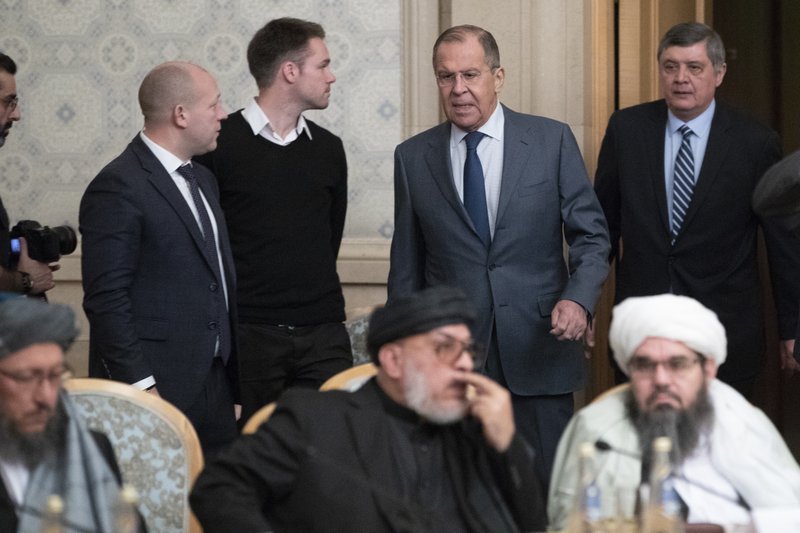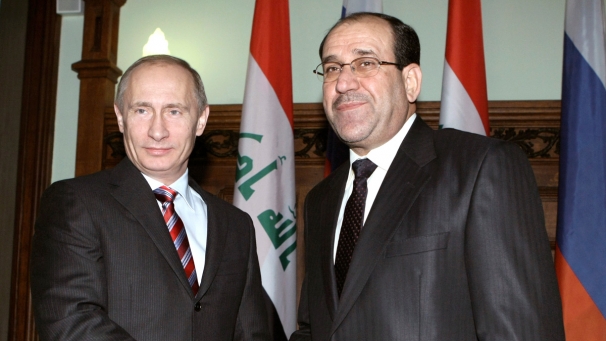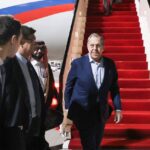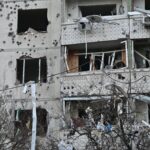In April 2025, Russia became the first major global power to take decisive steps toward formal recognition of the Taliban regime in Afghanistan, breaking with Western efforts to isolate the Islamist government. Though the Taliban remains designated as a terrorist organization by Russia’s own laws, Moscow’s quiet diplomatic normalization—including Taliban participation in regional forums and overt calls for engagement—reflects a deliberate geopolitical maneuver.
Russia–Taliban Relations: From Adversaries to Tactical Partners
1. Soviet Legacy and Long-Term Distrust
- During the 1980s, the Soviet Union invaded Afghanistan and fought a brutal war against the U.S.-backed mujahideen—the Taliban’s ideological forebears.
- The Taliban emerged in the 1990s partly in opposition to Soviet-supported regimes, and for years Moscow treated them as a threat.
2. Designation as a Terrorist Group
- In 2003, Russia officially designated the Taliban as a terrorist organization, a status that has not been legally revoked—creating an awkward contradiction with current diplomatic engagement.
- Despite this, Moscow has hosted Taliban delegations repeatedly since 2017, especially in peace talks and regional forums like the “Moscow Format.”
3. Allegations of Russian Bounties on U.S. Troops
- In 2020, U.S. intelligence reported that Russia had offered bounties to Taliban-linked militants to kill American soldiers in Afghanistan.
- While the Kremlin denied the claims and U.S. officials later gave mixed assessments of the evidence, the allegation:
- Underscores Russia’s willingness to covertly undermine U.S. military operations.
- Fits a broader pattern of using proxies to weaken adversaries without direct confrontation.
VI. Western Security Concerns
1. Intelligence and Terrorist Financing Risks
- De facto Russian recognition of the Taliban could:
- Undermine sanctions regimes.
- Enable financial flows to an internationally isolated group, raising risks of terrorist financing through front companies or mining partnerships.
- Western intelligence agencies worry about Russian-Taliban intelligence cooperation, particularly targeting U.S. allies in Central and South Asia.
2. Destabilization of NATO’s Southern Flank
- Russia’s legitimization of the Taliban may:
- Strengthen radical Islamist narratives in vulnerable parts of the Caucasus, Central Asia, and even parts of the Balkans.
- Undermine U.S. and NATO credibility by signaling that resistance to Western norms is rewarded.
3. Increased Operational Space for Jihadist Actors
- Despite the Taliban’s claims to fight ISIS-K, their governance still provides cover for extremist actors who could target Western interests.
- Russia’s embrace might normalize their control, making counterterrorism cooperation harder for the West.
VII. Strategic Takeaway
Russia’s relationship with the Taliban has evolved from open hostility to cynical partnership—driven by a desire to weaken the West, outflank U.S. policy, and shape Eurasian security on its own terms. But in doing so, Moscow risks fueling instability that could boomerang back to its own borders—and threaten the broader international order.
Motivations Behind Russia’s Move
1. Strategic Counterweight to U.S. Influence
Russia’s decision must be read in the broader context of its growing confrontation with the United States, particularly after the invasion of Ukraine and subsequent Western isolation. By embracing the Taliban regime:
- Moscow undermines U.S. diplomatic strategy, which has largely excluded the Taliban from international legitimacy.
- It signals that Russia can still shape regional power balances, particularly in Central and South Asia.
- Russia hopes to pull Afghanistan out of the Western orbit permanently, aligning it with a Eurasian-centric bloc involving China, Iran, and parts of the Arab world.
2. Security and Buffer Strategy in Central Asia
Moscow is deeply concerned about jihadist spillover into Central Asia, especially from ISIS-K and other radical movements operating in northern Afghanistan.
- By engaging the Taliban, Russia seeks security guarantees and intelligence cooperation to stabilize its southern flank.
- A recognized Taliban regime is seen as a more predictable actor than a collapsing or isolated state.
3. Geopolitical Messaging and Soft Power Projection
Russia wants to position itself as a champion of alternative diplomacy, especially for regimes ostracized by the West.
- Recognition of the Taliban sends a message that Western-defined legitimacy is not universal.
- It enhances Moscow’s role as a broker in post-Western order, appealing to countries frustrated with U.S. hegemony.
4. Energy and Infrastructure Access
- Russia sees potential for energy pipelines and trade corridors via Afghanistan to Pakistan and beyond.
- Engagement with Kabul could be a gateway to economic leverage, particularly in partnership with China or Iran.
II. Consequences of Russia’s Recognition
1. De Facto Normalization of the Taliban
Moscow’s move will encourage other countries—especially in Central Asia and parts of the Islamic world—to engage more openly with the Taliban, even if formal recognition remains off the table for now.
- This process could eventually undermine UN-based isolation efforts and create pressure on Western powers to rethink their strategy.
2. Enhanced Taliban Legitimacy Without Reform
Recognition may embolden the Taliban to resist internal reform, especially regarding women’s rights, political pluralism, and counterterrorism commitments.
- Taliban leadership can now argue that international engagement is possible without concessions, undermining moderate factions.
3. Risk of Blowback in Central Asia
While Russia hopes for stability, deeper engagement with the Taliban carries reputational risks in Muslim-majority regions like Tatarstan or Dagestan, and may complicate Russia’s balancing act between Islamist regimes and secular authoritarian allies.
III. Impact on China’s Afghanistan Policy
1. Acceleration of Beijing’s Engagement
China has so far cautiously expanded ties with the Taliban regime—pursuing mineral concessions, anti-terrorism pledges, and economic integration under the Belt and Road.
- Russia’s recognition could force Beijing to move faster, lest Moscow dominate diplomatic channels and regional influence.
- It may also encourage China to deepen its own security footprint, particularly if U.S. influence continues to wane.
2. Competition vs. Coordination?
While Moscow and Beijing often coordinate globally, Central Asia is a zone of quiet competition:
- Both powers want to be the primary external partner for Kabul.
- Both seek access to Afghan resources, especially lithium, rare earths, and transit corridors.
- Russia’s recognition could spark a race to secure economic deals, intelligence pacts, and strategic infrastructure rights.
Still, China may prefer to work alongside Russia to avoid instability—but only on Beijing’s terms.
U.S. Response Options
1. Reengage Pragmatically with the Taliban
Washington may need to reconsider its absolute isolation of the Taliban, especially as Russia and China build influence.
- Reopening dialogue—without formal recognition—could allow the U.S. to retain some diplomatic leverage, support humanitarian operations, and shape counterterrorism policy.
2. Pressure Allies to Hold the Line
- The U.S. could double down on efforts to prevent European and regional allies from following Russia’s lead.
- This would involve economic incentives and diplomatic coordination, especially in Central Asia, the Gulf, and South Asia.
3. Support Alternatives to Russian-Chinese Dominance
- Boosting investment in Central Asia, especially infrastructure that bypasses Taliban-controlled routes, would reduce Moscow and Beijing’s leverage.
- Supporting independent Afghan media, civil society, and exile opposition could challenge the Taliban’s international narrative.
4. Sanction Evasion Monitoring
- Russia’s economic cooperation with the Taliban may involve sanctioned entities, especially in mining, logistics, and dual-use tech.
- Washington could respond with targeted secondary sanctions to limit this cooperation and raise the cost of Moscow’s recognition.
Russia’s legitimization of the Taliban regime is a calculated move in the broader context of great-power competition and post-Western diplomacy. It allows Moscow to challenge U.S. influence, secure its Central Asian periphery, and deepen its Eurasian partnerships. But it also risks sparking competition with China, legitimizing extremism without reform, and destabilizing fragile regional balances.
For Washington, ignoring the move is no longer viable. The Taliban’s return to international legitimacy may now be a matter of when, not if—and the U.S. must decide whether to continue resisting it, or find a way to influence it from within.
There is substantial evidence to argue that Russia has strategically aligned itself with armed non-state actors, authoritarian regimes, and internationally designated terrorist-linked groups as part of its global posture.
Why the Claim Holds Weight
1. Russia’s Alignment with the Taliban
- Russia officially designates the Taliban as a terrorist organization under its own law.
- Yet Moscow has hosted Taliban leaders, provided them diplomatic platforms, and now leans toward de facto recognition—without any meaningful reforms on human rights or counterterrorism.
2. Support for Wagner-Linked Operations
- In countries like Mali, Libya, Sudan, and the Central African Republic, Russia (through Wagner or similar proxies) has partnered with regimes or militias accused of atrocities, war crimes, and links to terrorist activity.
- In Mali and Burkina Faso, for example, Wagner is working alongside military juntas accused of ethnic cleansing and tolerating or co-opting jihadist groups for tactical advantage.
3. Backing of Assad in Syria
- Bashar al-Assad’s regime is responsible for mass atrocities, chemical weapons use, and has openly collaborated with Hezbollah and Iranian proxies—groups designated by the U.S. and others as terrorist organizations.
- Russia’s intervention rescued the regime, despite overwhelming documentation of war crimes.
4. Increasing Ties with Hamas and Hezbollah
- Russia has hosted Hamas delegations in Moscow, called for their inclusion in regional negotiations, and refuses to label them as terrorists.
- Hezbollah operatives have coordinated with Russian forces in Syria, particularly early in the war.
Counterpoints and Caveats
- Russia positions itself not as a “partner of terrorists” but as a realist power engaging all actors to stabilize conflicts and counter Western dominance.
- It argues that “terrorist” is a politicized label, often used to justify regime change or foreign intervention.
- Moscow’s engagement with these groups is often transactional and strategic, not necessarily ideological.
Strategic Interpretation
Russia is less an ideological supporter of terrorism and more a pragmatic patron of regimes and groups shunned by the West—because doing so creates influence, leverage, and chaos that benefits Moscow’s strategic aims.
This includes:
- Undermining Western norms and influence.
- Securing access to minerals, military bases, and arms markets.
- Positioning itself as a power broker among “pariah” states.
So, we can reasonably argue that:
“Russia has become a willing partner of regimes and groups widely accused of terrorism and atrocities—part of a deliberate strategy to challenge the Western-led global order by weaponizing instability and isolation.”Just make sure to define your terms, cite examples like the Taliban, Wagner’s operations, Assad, Hamas, and Hezbollah, and contrast it with Russia’s stated rationale of pragmatic diplomacy.
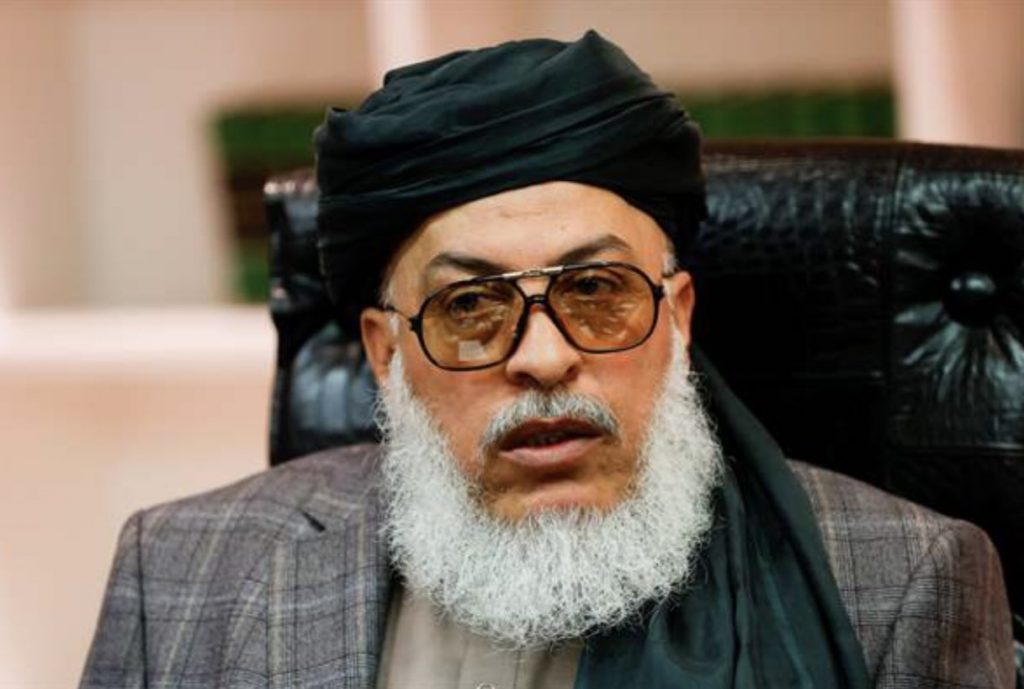
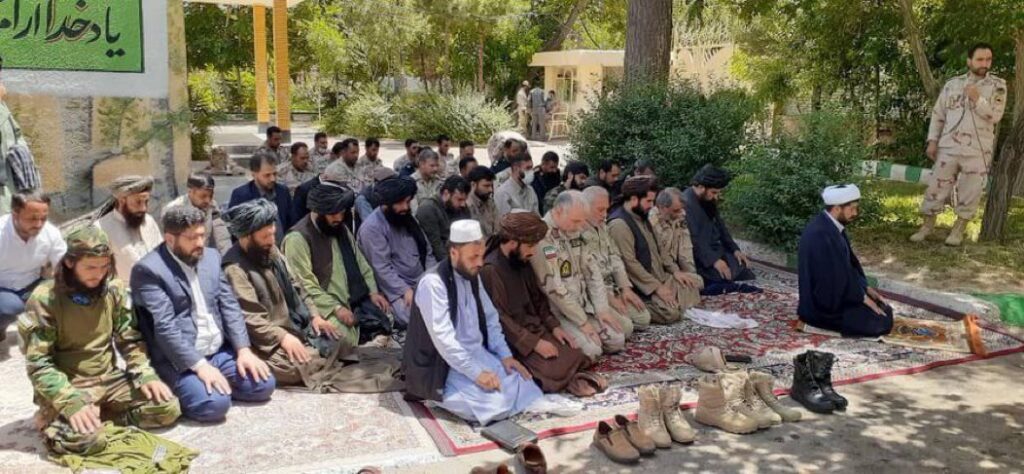
More on this story: Afghanistan’s security landscape altered under the Taliban
More on this story: Russia’s weaponization of the Taliban
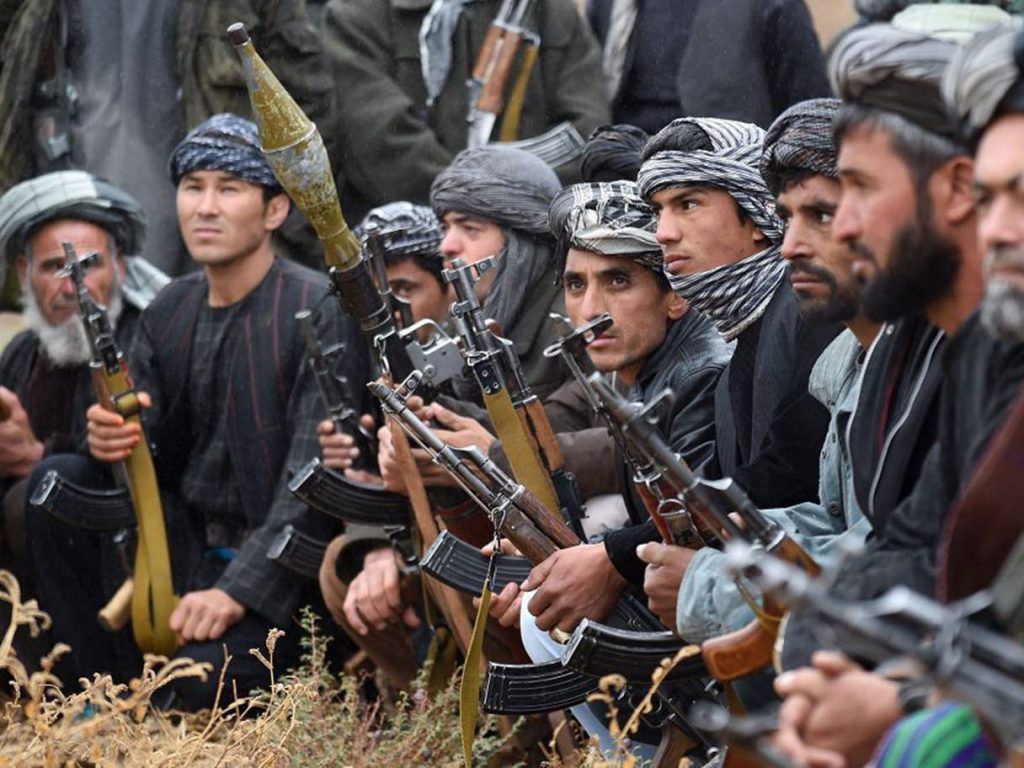
More on this story: Any deal the US makes with the Taliban is likely to empower the latter
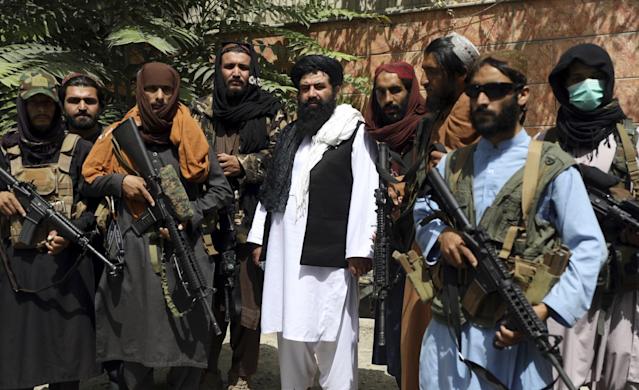

More on this story: Russia provides funding for the Taliban in Afghanistan
